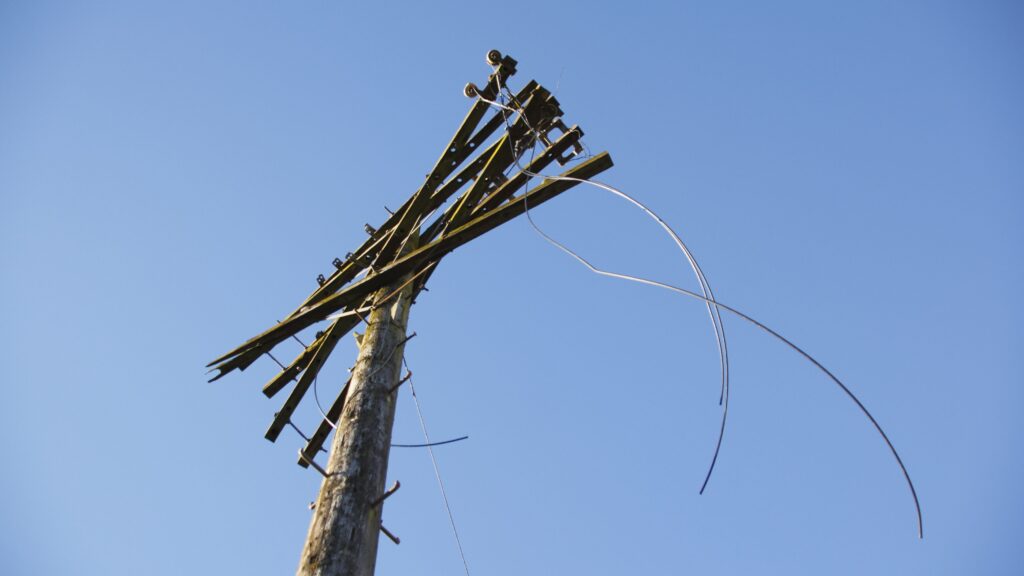Dwindling POTS Usage Prompts AT&T to Petition to End POTS Landline Obligation
On February 6, the California Public Utilities Commission and AT&T will hold the first of a series of public hearings in Humboldt County, California, to discuss AT&T’s request to be released as the “Carrier of Last Resort” and the designation an “Eligible Telecommunications Carrier“ for portions of California. The application, which was filed in March of 2023 but not made public until this year,
Carrier’s of Last Resort, or COLR, refers to “a telecommunications carrier designated by the commissioner to provide universal service in a given local exchange service area determined to be lacking in effective competition.” As a COLR, the carrier is legally required to provide and maintain essential services to areas that do not have access to other forms of service. In this case, a COLR is a telecom provider who must provide dedicated landline services to rural areas where broadband or cellular service is unreliable.
Southern Humbolt and northern Mendocino counties are the areas that would be affected the most by the retirement of copper POTS, as they are primarily rural areas with large hills that interfere with cellular and wireless signals. This means that portions of the county cannot receive cellular services and rely on copper POTS lines. This area is also prone to wildfires, and many residents rely on POTS for emergency communications.
AT&T is not seeking to discontinue services immediately but permission to put a plan in place that would result in the closure of the POTS lines that service these areas of California.
Learn more about AT&T’s petition below.
- AT&T seeking to end landline service obligation
- Disconnected: Is this the Beginning of the End of Landline Services?
- AT&T wants to stop offering landlines in Humboldt County
- AT&T Applications Regarding Carrier of Last Resort and Eligible Telecommunications Carrier Designation
Need a POTS Line replacement option in light of AT&T’s petition? Learn more about what POTS Replacement options are available to you.









2 thoughts on “AT&T Seeks to End POTS in California”
Too many people have forgotten that one of the key design criteria for our historical “landlines” was their resilience in bad weather and environmental situations (e.g., when the power-grid goes down,…). Too many of today’s people (and companies) have become blindly reliant on cell-phones, never comprehending that they lack this resiliency of landlines.
Copper wires are just as susceptible to cut lines or natural disasters and as they have degraded, this is even more of an issue.
Unfortunately, the old, previously reliable copper line infrastructure is being abandoned. However, some manufacturers of POTS replacement devices have emulated the old copper line reliability by providing options like extended battery backup in the devices (12-24 hours), geo-redundant networks at the service provider level, and expanded connectivity/backup options like the ability to use Wi-Fi or WAN internet on the devices, but also have real-time failover across one or more LTE networks (PIAB can be used with ATT, Verizon, and T-Mobile), which is something that even copper landlines don’t do.